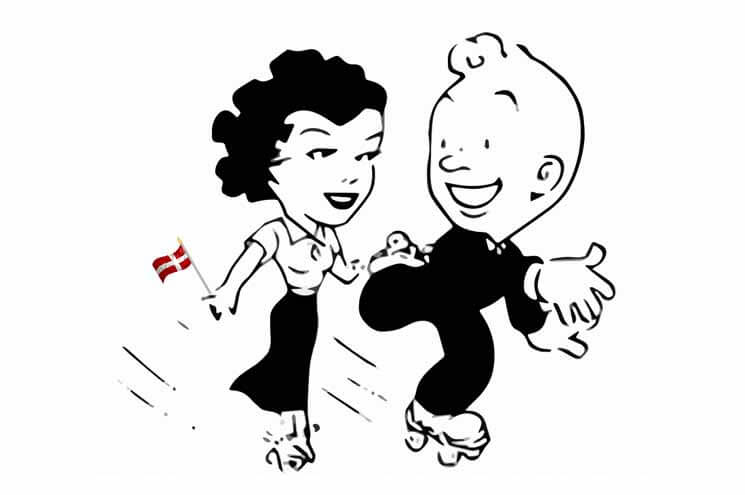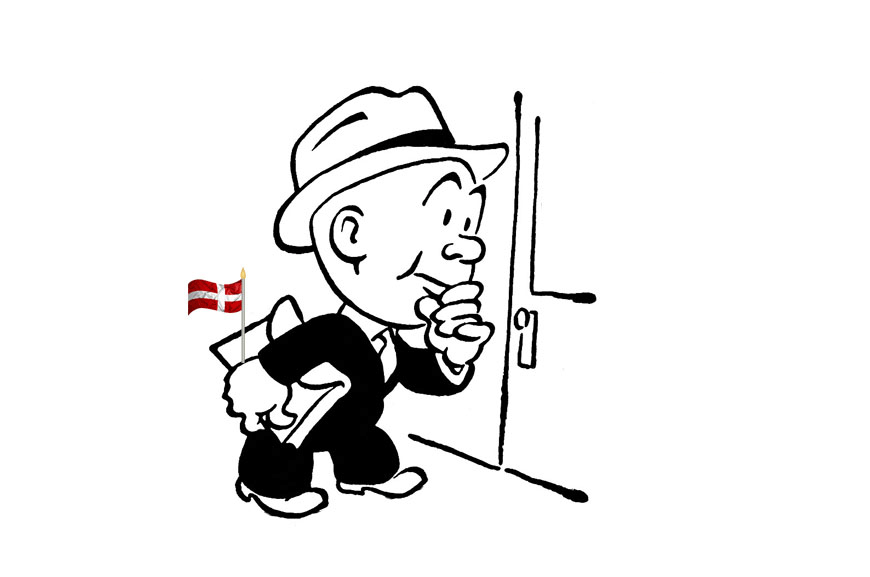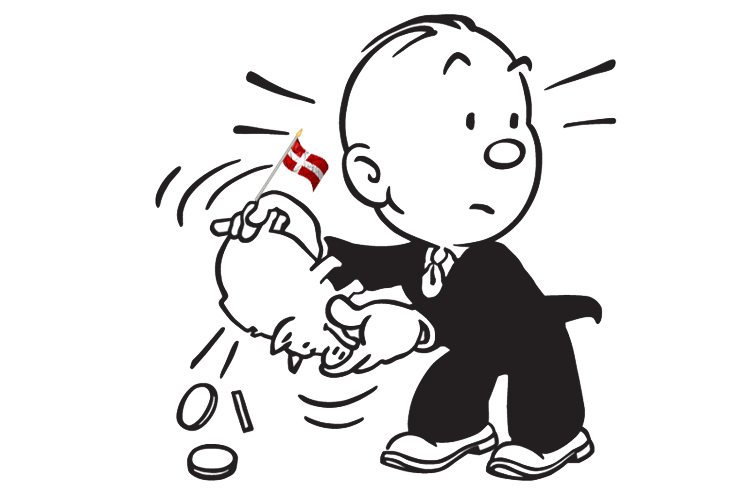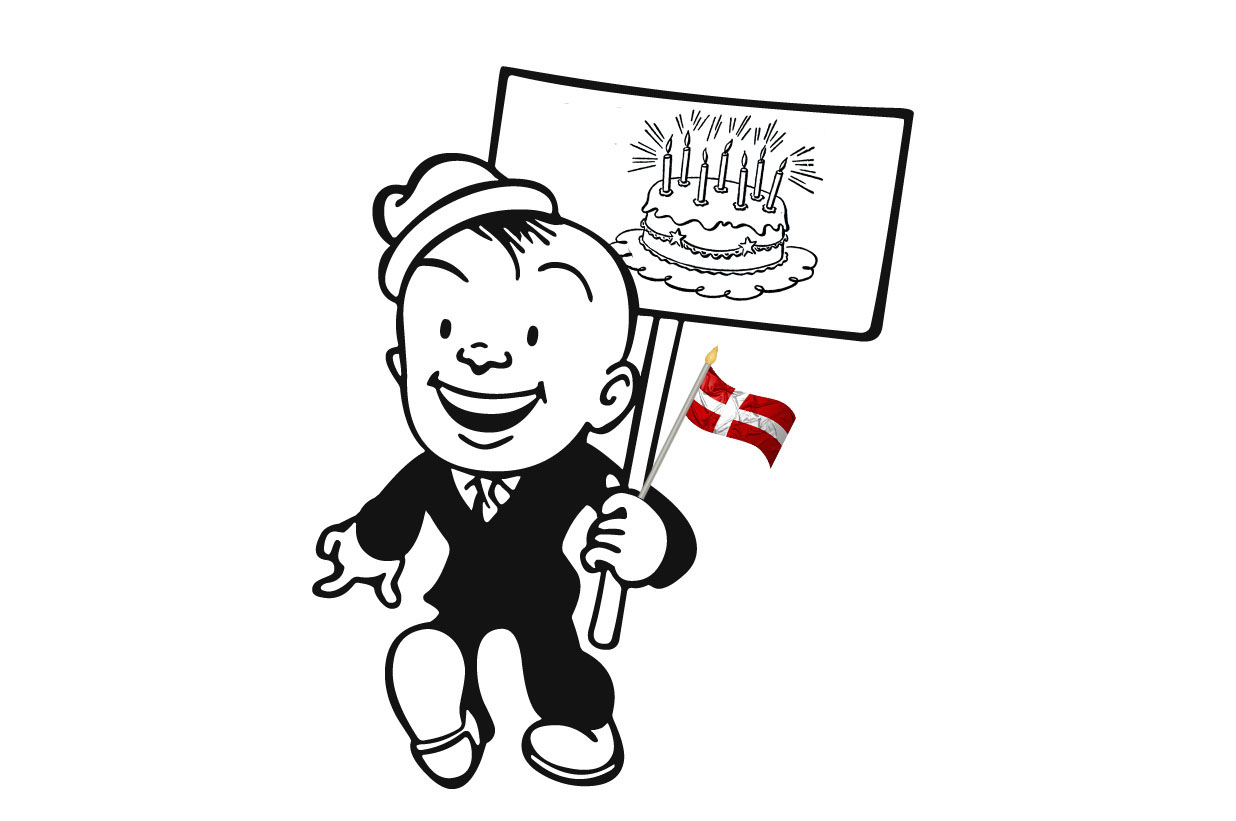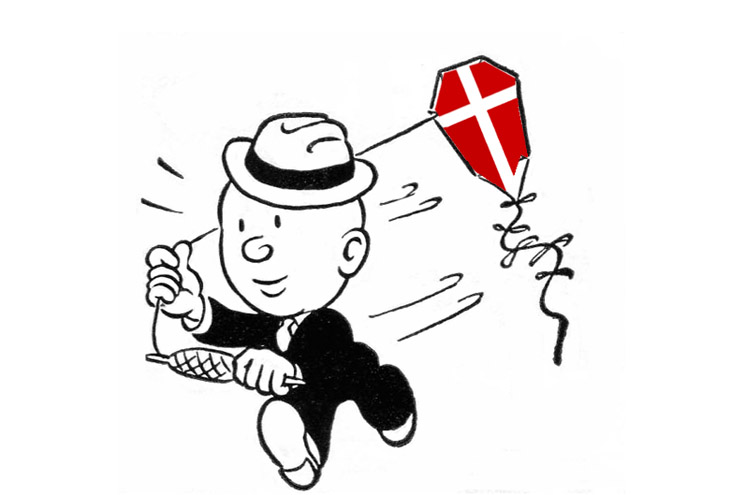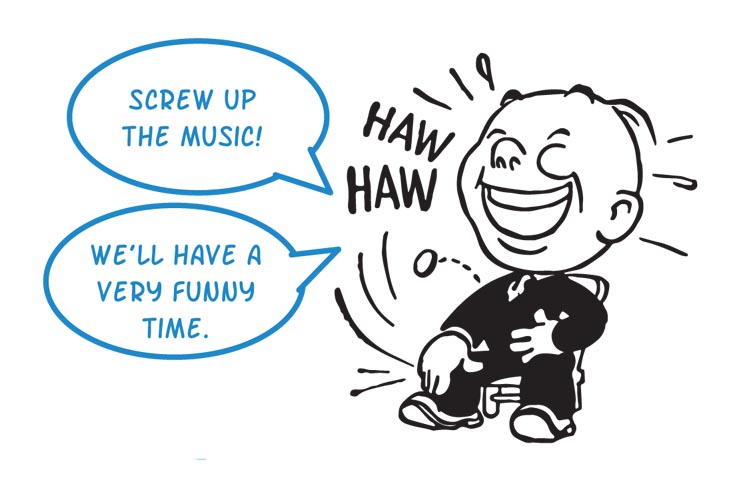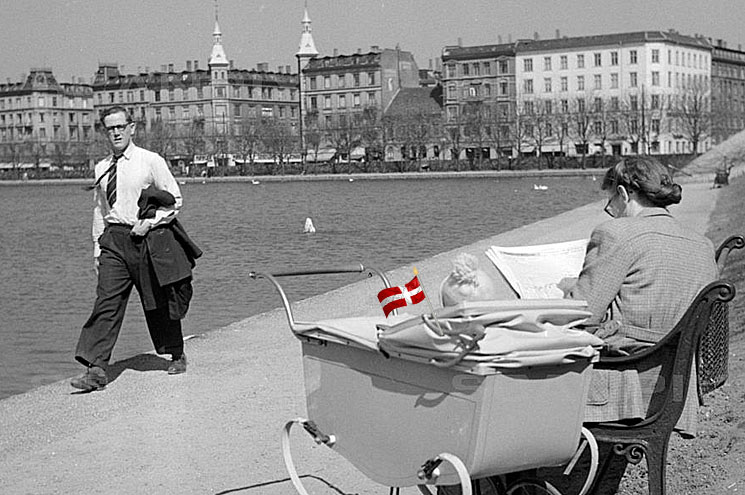If you’re coming from abroad to work in Denmark, you may be bringing along your spouse. That can be great – it’s nice to have someone to shiver through the Danish summer with.
But unhappy spouses are one of the main reasons that people who come to work in Denmark end up leaving.
Denmark is not an easy place to make friends, given that Danish culture tends toward “respecting your privacy” by not striking up conversations with strangers.
It can also be tough for spouses to get jobs in Denmark, particularly well-educated spouses seeking jobs at their level of expertise.

